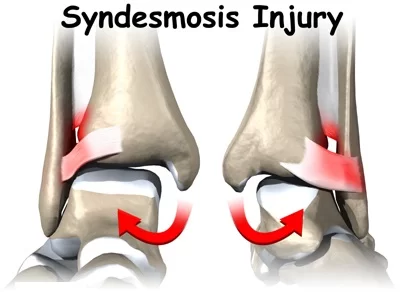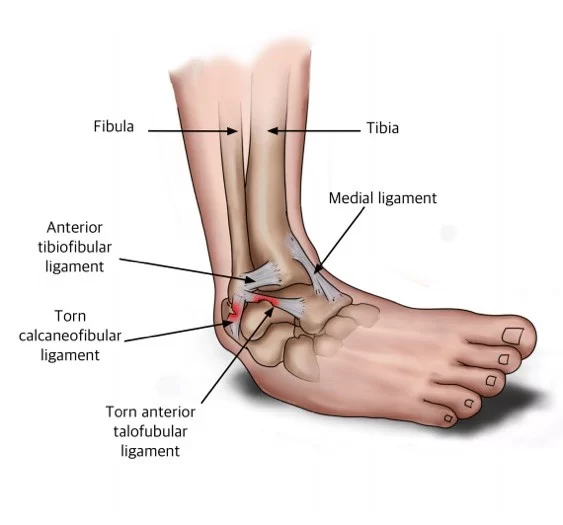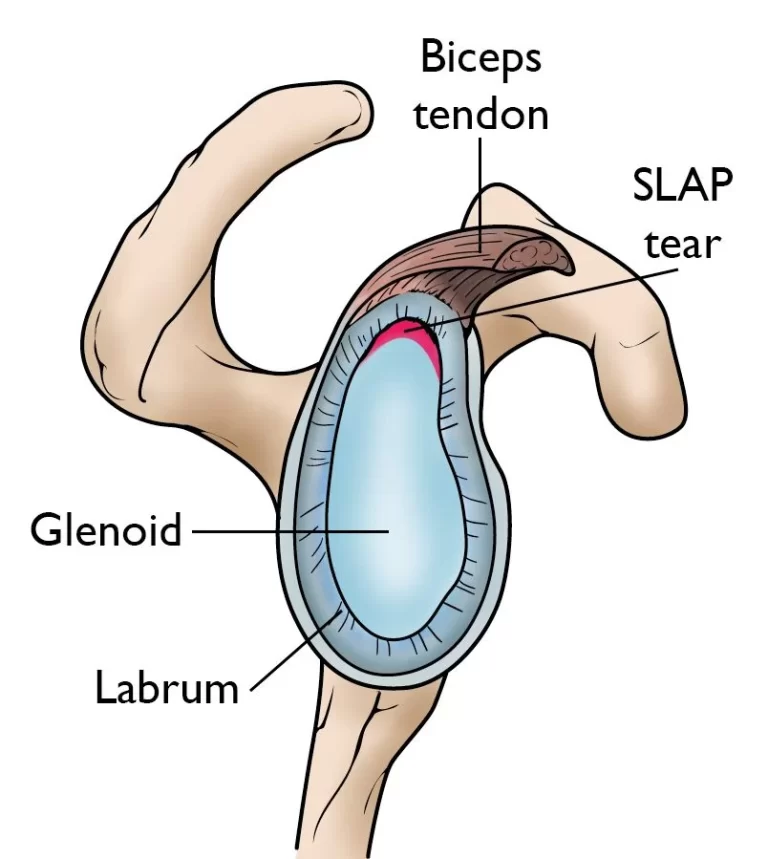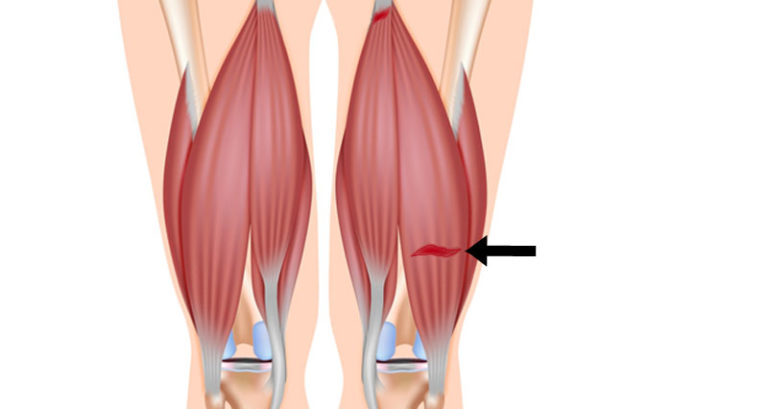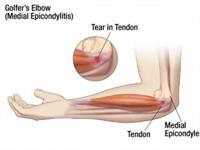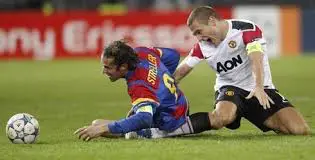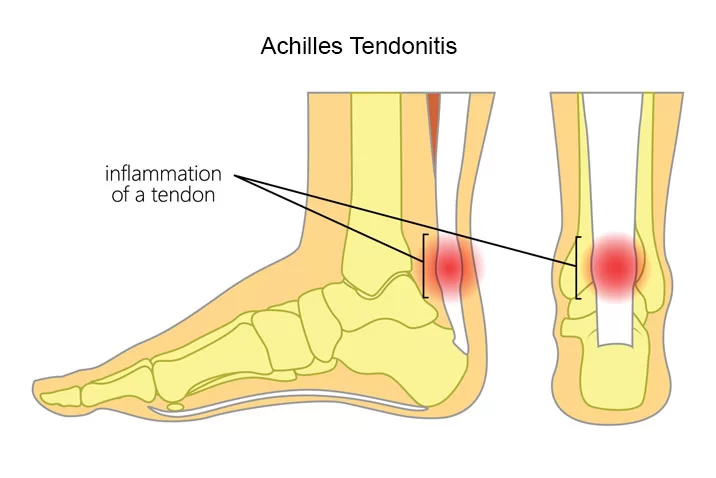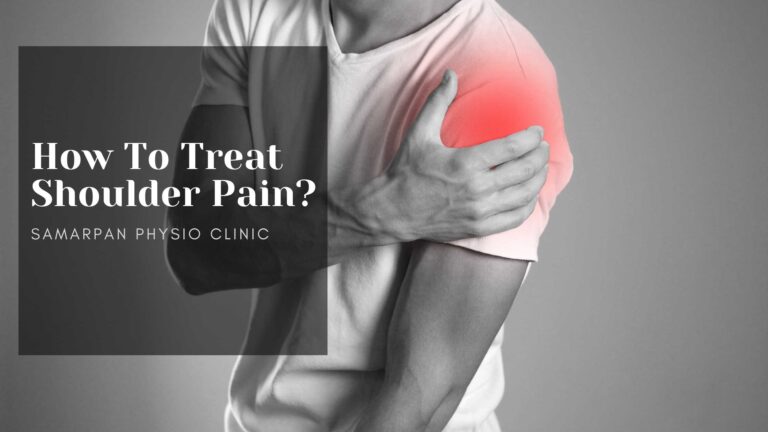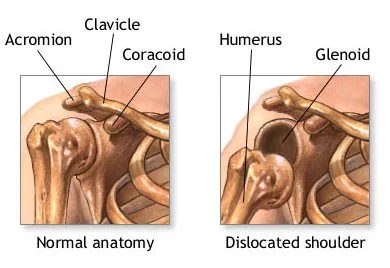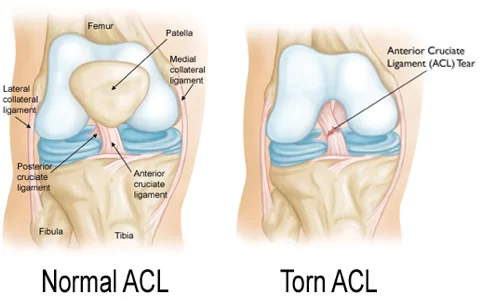Syndesmotic Ankle Injury and Physiotherapy Management
Anatomy-related syndesmotic ankle sprain Articulating Surfaces: INTEROSSEUS MEMBRANE: SYNDESMOSIS LIGAMENT Clinical conditions: ANKLE SYNDESMOSIS INJURY Etiology of syndesmotic ankle sprain Clinical Presentation of syndesmotic ankle sprain Examination Observation Special Testing 2. Squeeze Test 3. Cotton Test Physiotherapy management of syndesmotic ankle sprain 1.) Calf Stretch with Step 2.) Calf Strengthening Exercise 3.) Lunging Calf Stretch…

